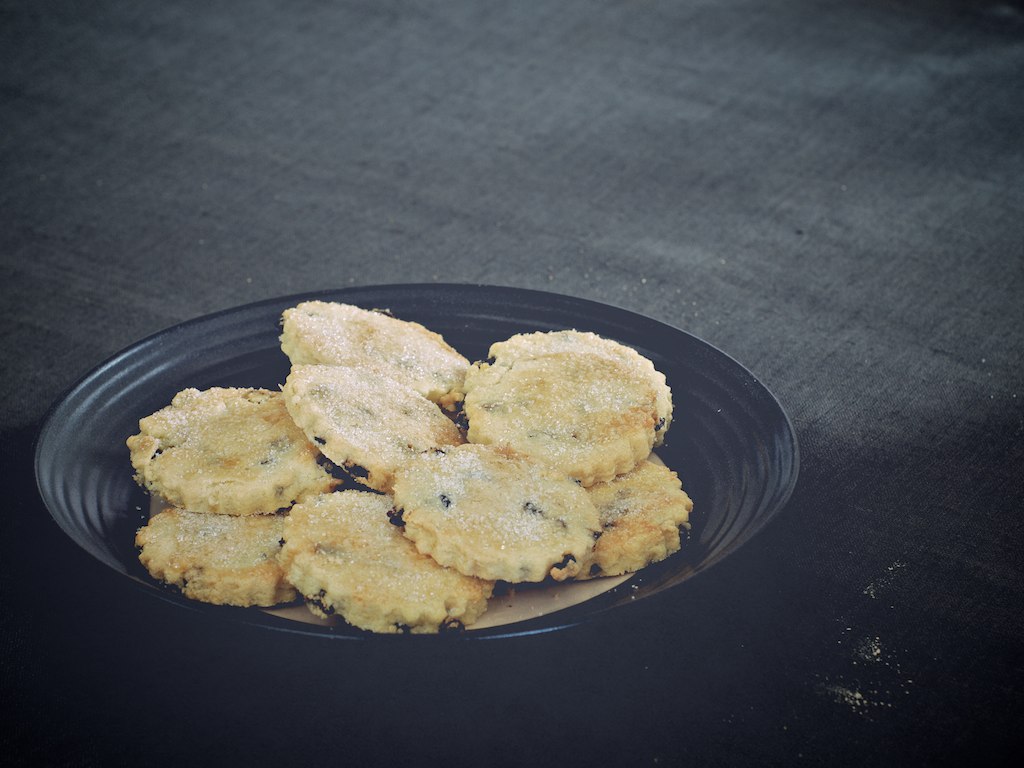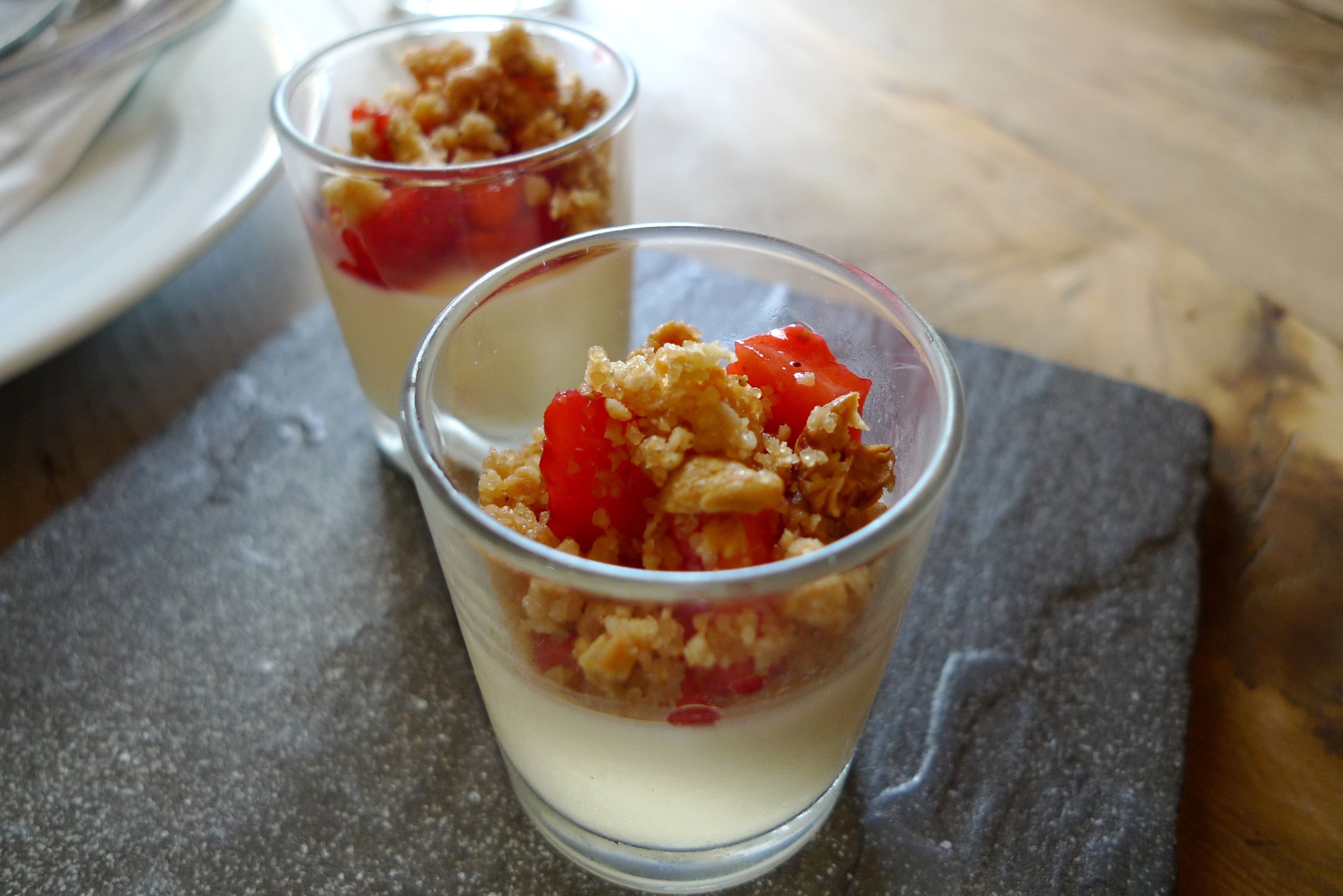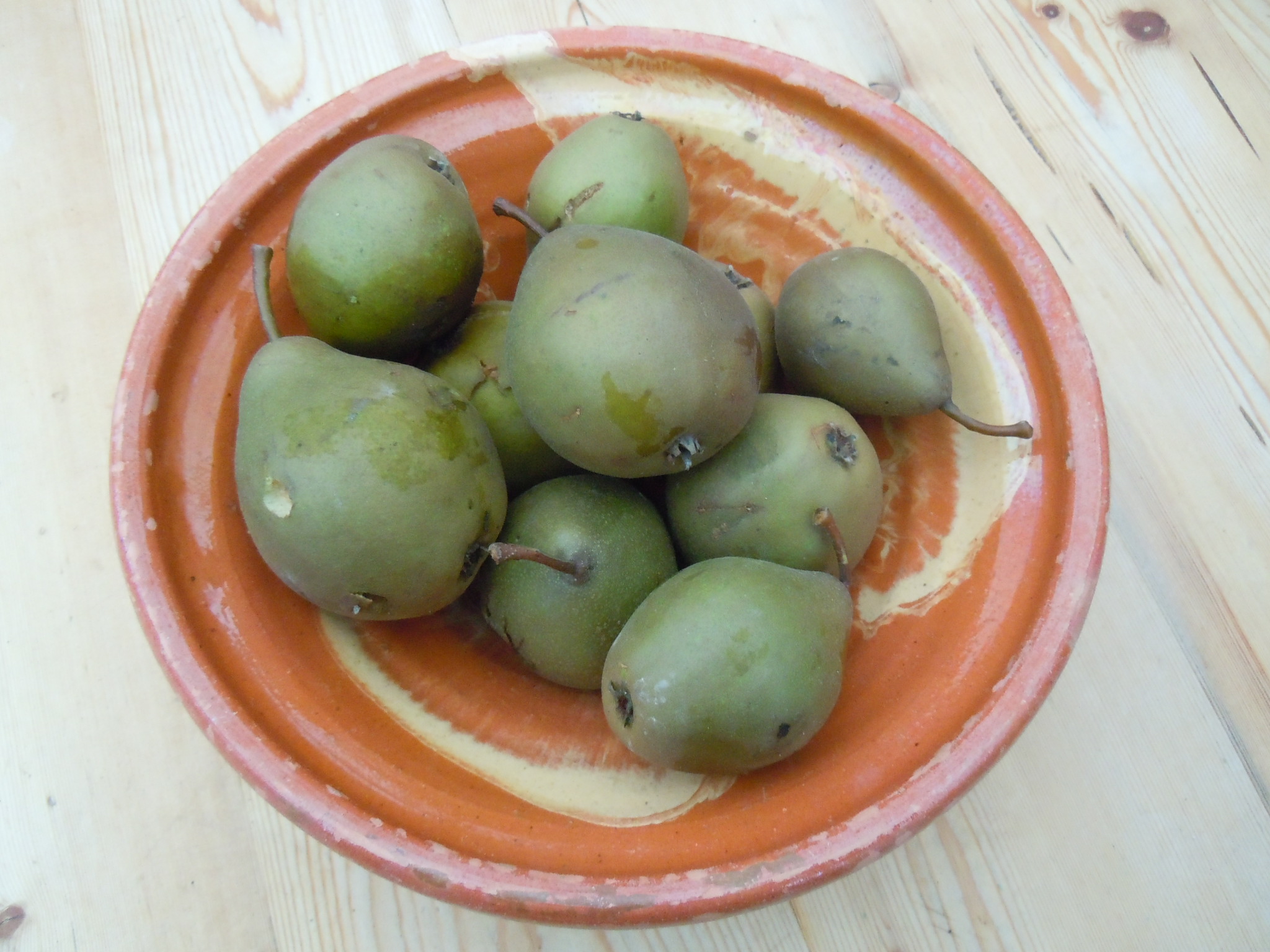
This year marks the 400th anniversary of the death of William Shakespeare. Yet his death was just the beginning of the countless interpretations, performances and publications of his many works that you read in your Intro to Shakespeare class. His works – that is, his plays, poems and...recipes?
With at least 2,000 culinary references in all of his works, and over 100 appearances of the word “feast,” Shakespeare certainly had an appreciation for food. The references may not always be appetizing, such as the soup concocted by the three witches in “Macbeth,” that used ingredients like frogs, bats and dogs. However, there are indeed some edible, even delicious-sounding foods, like venison pasties in “The Merry Wives of Windsor” and Sir Toby’s cakes in “Twelfth Night.”
No, those Elizabethan dishes don’t just exist in books. By translating the recipes for the 21st century using modern ingredients and appliances, you may just bring them back to life, right in your dorm.
To eat, or not to eat, is entirely up to you.
“Twelfth Night” – Sir Toby’s cakes
"Twelfth Night," Act 2, scene 3
Most historians agree that Sir Toby’s cakes were most likely Shrewsbury cake – a kind of shortbread cookie flavored with ginger that had a taste that was “hot in the mouth.”
Here’s how to make Shrewsbury cake in a dorm, based on an original recipe published in “The Compleat Cook” in 1658.

Ingredients:
Salt
*You can get rosewater from a supermarket, or simmer some rose petals in a pot of water until the water turns pink.
Steps:
6. Remove the cake from the bowl and cut it up of “what bignesse or what fashion you please.”
“The Taming of the Shrew” – Junket
"The Taming of the Shrew," Act 3, Scene 2
In the comedy play, Kate doesn’t get to try her wedding feast. But the guests, Shakespeare tells us, have plenty of junkets – a milk-based jelly-like dessert. In the Elizabethan era, junkets were rare delicacies. That’s because they were very time-consuming to make, considering that gelatin had to be painstakingly made from boiled bones. Luckily, now you can make Elizabethan junkets in no time with rennet, an enzyme that curdles milk. Some supermarkets also sell rennets that are colored and flavored. You can buy those to make some weirdly colored junkets for Halloween.

Ingredients:
Grated nutmeg
Steps:
5. After the content is cooled, sprinkle grated nutmeg and chopped fruits of your choice on top.
“The Winter’s Tale” – Warden pie
I must have saffron to color the warden pies; mace; dates? – none, that’s out of my note; nutmegs, seven; a race or two of ginger, but that I may beg; four pound of prunes, and as many raisins o’ th’ sun.
"The Winter’s Tale," Act 4, Scene 3
Warden pies were a favorite during the Tudor period. They were tarts made with Warden pears - a generic term for unripe, sour, rock-hard pears that must be cooked to be edible. Sometimes people used saffron to color the pies bright-yellow (the Elizabethans liked gaudy foods).

Ingredients:
1 egg yolk
*If you can’t find Black Worcester (Warden) pears, use Anjou or Bartlett pears. Ask the supermarket staff for help if you have no idea what they are because you've only gone grocery shopping one time this whole school year.
Steps:
6. Bake in pre-heated oven at 375° for 45 to 60 minutes until the crust is golden. Let it cool, and serve.
Now you have a cake, a pie and a dessert to host your Elizabethan feast! May the spirit of Shakespeare be with you as you as you eat – preferably in NU’s own Shakespeare garden.
And don’t forget the wine (if you are above 21), which is mentioned in 26 of Shakespeare’s 37 plays.